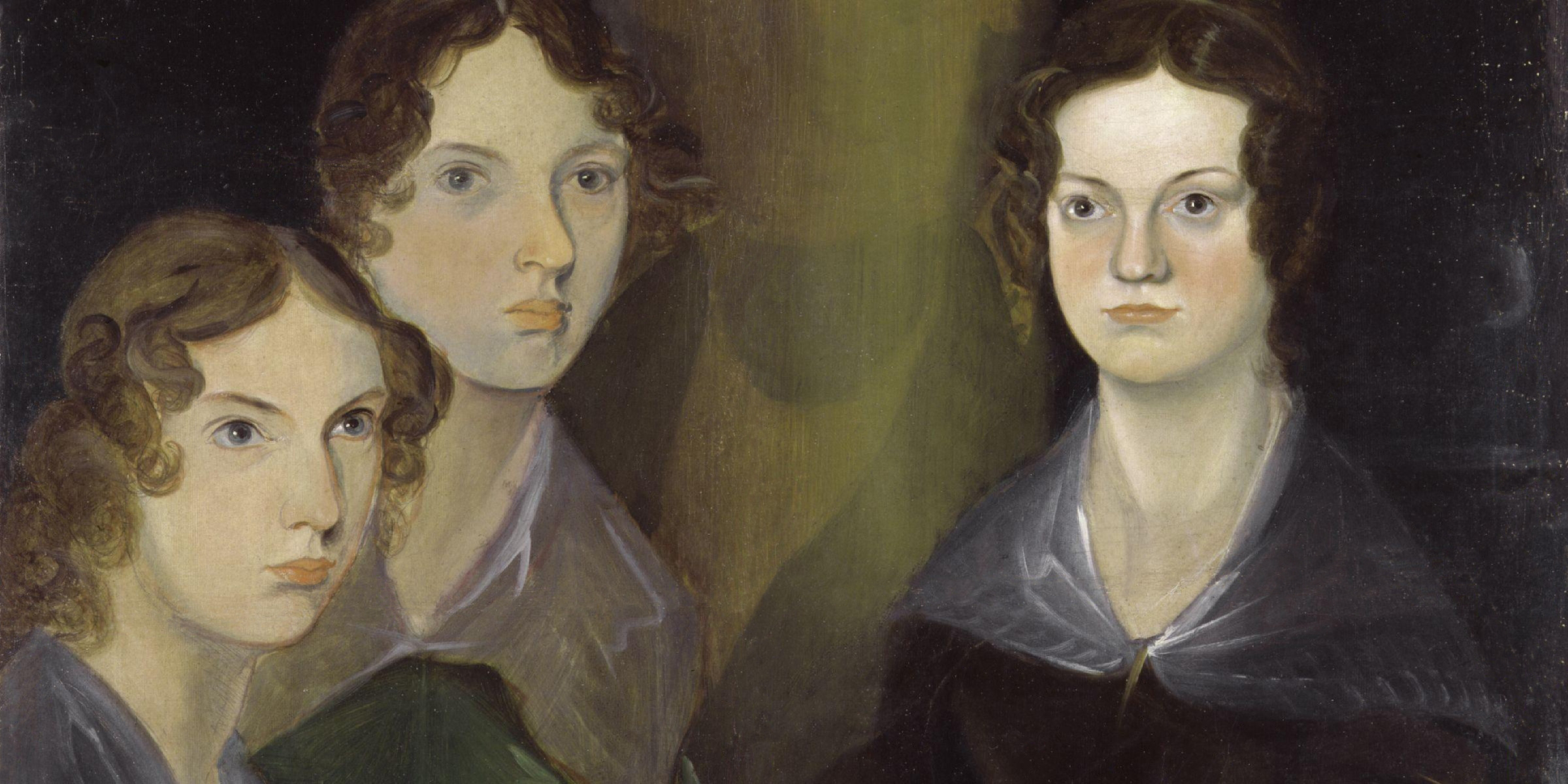Originally published 19 August 2007
On the 29th of December, 1836, Charlotte Brontë, twenty years old, posted some of her poems to the Poet Laureate of England Robert Southey, hoping for encouragement. Three months later, the great man replied, putting the “flighty” girl in her place: “Literature cannot be the business of a woman’s life, and it ought not to be. The more she is engaged in her proper duties, the less leisure she will have for it, even as an accomplishment and a recreation.” Charlotte was not dissuaded from her art. Try googling “Charlotte Brontë” and “Robert Southey” and you will see what relative places the two poets found in history.
Charlotte, with her sisters Emily and Anne, overcame greater obstacles than a pompous Poet Laureate. Think what these three young women contributed to literature: Jane Eyre (Charlotte), Wuthering Heights (Emily), The Tenant of Wildfell Hall (Anne) — and that just for starters. Three daughters of an impecunious clergyman in a remote Yorkshire village where the average age of death was twenty-five.
They were three of six children. Their older sisters Maria and Elizabeth were perhaps equally talented but — as we shall see — died young. A brother, Branwell, was certainly gifted, but frittered his life away with drink and opium. The children were precocious, and in their dismal isolation developed a rich fantasy life, to which all contributed.
Before they were ten years of age, the girls (save Anne, the youngest) were enrolled in a charity school for the daughters of poor clergymen, founded by William Carus Wilson, the Vicar of Tunstall. It was Wilson’s view that the bodies of girls (intrinsically sinful) should be chastised for the good of their immortal souls. The school was cold and damp, the sanitation meager, the food inedible. The girls were birched and humiliated, their hair shorn. Thus they were encouraged to turn away from vile nature and put their face towards Paradise. Maria and Elizabeth did not long endure the horrific regimen. They died of consumption (tuberculosis) at the ages of eleven and ten respectively. Emily and Anne would also die of the same wasting disease, but not before they had written their great works.
There is a scene in Jane Eyre where the founder of Jane’s school, the Reverend Brocklehurst, objects to a girl’s curls. The child’s hair curls naturally, says Miss Temple, the school’s superintendent. “Naturally!” exclaims the clergyman. “Yes but we are not to conform to nature: I wish these girls to be the children of Grace.” Brocklehurst’s perverse theology was not untypical of his time: This world of pain and travail is but a temporary lodging on the way to heaven; bodies must be subdued that the soul might flourish. Maria, at least, bought into the story. As she lay dying she told Charlotte, “God wants only the separation of spirit from flesh to crown us with a full reward.”
Karl Marx famously said that religion is the opiate of the working class. Branwell managed to get hold of real opium; Maria chose religion. And it must be said that religion in Victorian England served class structure. The children of the poor, especially girls, were taught that their misery was deserved, and that by suppressing their individuality now to serve the gentry they would be recompensed in the afterlife. What is at issue is the age-old distinction between nature and supernature, body and soul, here being used as a birch to beat the poor into submission.
As long as the world was thought to exist as matter and spirit, matter was certain to draw the short straw. The pernicious dualism of Victorian evangelical religion was countered only by science, which began its modern advance when it turned its back on the supernatural. The essential task of empirical science is to discover knowledge that conforms to nature — turning Reverend Brocklehurst’s sorry dictum on its ear. Charlotte Brontë, as a novelist, sought to do the same. She was determined that her stories not conform to the upperclass fancy-dress fantasies of the time, but would rather describe nature as she observed it with a hard, unsparing eye. As her biographer Lyndall Gordon notes, nature alone was her friend.
Charles Darwin, no revolutionary, did more to overturn the oppressing dualism of supernaturalist religion than anyone, by showing that human nature is animal nature. Whatever the human soul is, it is not something pressed divinely and temporarily into matter, but is rather part and parcel of the natural world. As an agnostic, he did not have the opium of immortality to console him when his own beloved daughter Annie died of consumption at the age of ten. Darwin’s friend Thomas Huxley (who invented the term agnostic) also bore the deaths of beloved children without the consolations of the supernatural. Still, he found the courage to endure and prevail. He said that if a man stays true to the agnostic principle, with humility, as best he could, “he shall not be ashamed to look the universe in the face, whatever the future may have in store for him.” As a social reformer, Huxley did more for the economically disadvantaged than all the pious Brocklehursts in Britain.
The Brontë women were put upon by a religion, a class system, and a patriarchy that sought to describe a woman’s nature without bothering to look at nature itself. Charlotte, Emily, and Anne looked into their own hearts and minds to decide what nature was, and helped create the conditions in which women could emerge from the shadows of religious self-abnegation and domestic servitude. Their ally was nature. Their triumph inspiring.



